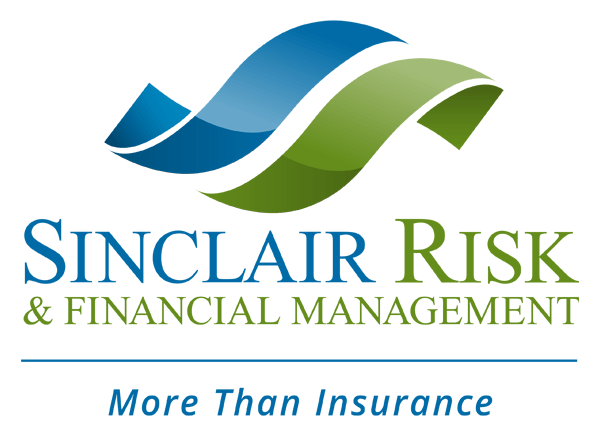For the past 20 years, higher education costs have not only risen (much) faster than inflation, but they’ve increased at a higher rate than costs in just about any other sector, including health care! While total inflation since 1994 has averaged 2.3% a year, health care costs have risen 3.7% yearly on average. But that pales in comparison to college costs, which have risen 5.2% on average every year.
The average in-state school charges $9,139 for tuition annually, while private schools are charging an eye-popping $31,231 (with some well past the $50,000 mark). It’s no wonder there’s a crushing $1.2 trillion in outstanding student debt, with a rising rate of delinquencies.
A key takeaway: The earlier you get started on planning for your children’s education, the better…even if you don’t yet have children! But whether your budding scholar is wrestling with algebra or still learning his ABCs, you can take steps now to help ease the financial burden of college.
Start early if you can, but just start — Saving for college works on the same principle as planning for retirement: the earlier you start, the easier it will be on the other side. Even if it’s a mere $50 a month, commit now to creating a plan that will help you meet your goals. (Hint: We can help.)
Get your student involved — Though we saturate our high achieving kids with opportunities to acquire knowledge, basic financial “street smarts” often gets overlooked in the classroom and at home, especially when there’s little struggle for needs or wants. Teaching kids early how to save, how to budget, how to avoid debt, and how to be charitable, will pay enormous dividends down the road. When your child earns money from an odd job or a birthday card from Aunt Jane, help them learn the power of compounding by encouraging them to contribute some of it toward their education.
Take advantage of 529 plans — Just as Powerball is not a retirement strategy, it’s not one for paying school bills either. Instead, open up a 529 plan, which is a tax-advantaged savings/investment account that allows parents, grandparents, and other caregivers to save for a child’s education while minimizing taxes. When matriculation time comes, funds in the account can be used for tuition, room and board, books, and other supplies.
Overestimate costs — The 5.2% year-over-year increase in college costs likely isn’t going away anytime soon. When estimating future expenses, plan for the worst. Besides tuition and boarding costs, don’t forget to include costs like books and other incidentals (e.g. late-night pizza).
Consider the public option — Great public schools can be a real “value play” in education, offering a Grade A experience at (relatively) modest expense. Encourage your student (and yourself) to strongly consider affordable public schools, versus expensive private schools that may require the albatross of parental and student debt.
Don’t skimp on your retirement contributions — Your children’s education is important, but so is keeping your retirement goals on track. Continue to fund your 401(k) and IRA plans as you save for college. (And if there’s income to spare, encourage your child to start contributing to an IRA once she starts working.) Besides being tax advantaged, funds in retirement accounts are not considered when colleges determine need-based financial aid packages. (The equity in your primary home, a family-owned business, insurance policies, and annuities are also usually excluded.)
Paying for college can feel daunting, but having the right plan in place can make it smooth sailing. Need help getting started? We can help.
Matt Bauer
President

